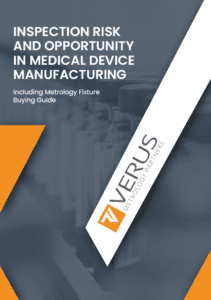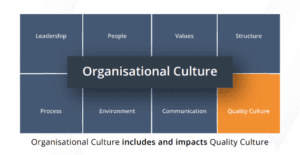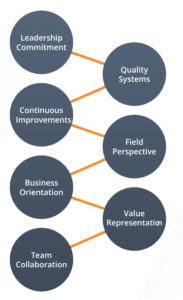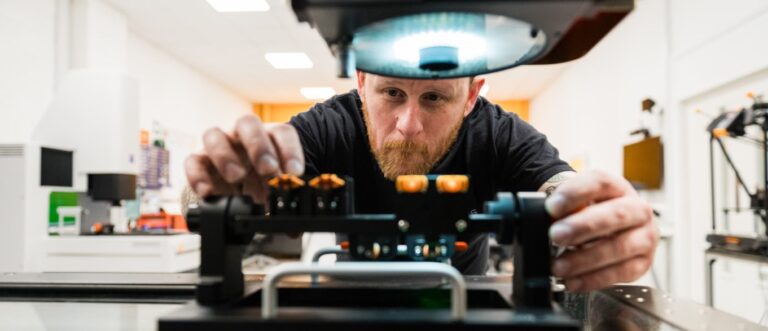With the increased need for signs of security and a reduction in risk, quality departments are under pressure to identify and work towards the ever-evolving, highest possible standards. Skilfully organised quality labs can increase revenue, strengthen access to a skilled workforce, and boost productivity and efficiency which will see benefits across your business and not just on regulatory reports. This activity can be strengthened by a shared quality culture in your organisation.
Quality cannot be the responsibility of the quality department alone, as quality doesn’t begin or end with your quality team. Your quality team will play an essential role in delivering the improvements in quality that could lead to an increase in profits by up to 3 percent, but it can’t do it by itself.
Instead, everybody in the organisation needs to be involved in, and take responsibility for, product quality. For this to happen, there needs to be a quality culture in your organisation, and that has to come from the top. Quality must have C-suite attention and it should be factored into every decision that is made.
It is then important to nurture the quality culture in your organisation, just as you would with any other similar cultural focus. Examples like a learning culture or a customer service culture require continual work to develop and improve. That same applies to a quality culture.
What does a quality culture look like?
A good starting point is to ensure sufficient priority and emphasis is placed on all four essential quality functions:
- Monitoring – to prevent non-conforming products from entering the market
- Process optimisation – continual efforts to improve manufacturing and inspection processes to enhance product quality
- Prevention – optimising the maintenance of production assets to ensure manufacturing consistency
- Remediation – efficiently and effectively investigating quality issues to identify the source
How to Develop a Quality Culture
- Quality should be driven by the CEO and other members of the C-suite
- Quality should permeate every level and function of the organisation
- Quality should be considered in every C-suite decision
- Finance and procurement teams should look at spending on quality as an investment
- With quality viewed as an investment, there should be an emphasis on calculating the impact of quality spending in areas such as recruitment, staff retention, training, equipment acquisition, and process optimisation
- Spending on quality should go beyond the quality department, where investments in quality are also made in manufacturing, engineering, supply chain management, and design
- The success of quality spending should be measured on a return-on-investment basis rather than a simple regulatory box tick
- There should be regular messaging on quality, with an emphasis on responsibility throughout the organisation
- Key personnel in non-quality roles should also be given direct responsibility for quality improvements, in addition to the responsibilities taken on by the quality team. Examples of this include:
-
Product design teams should consider quality in the early stages of the product development process, with an emphasis on manufacturability and ease of inspection
- Manufacturing and engineering teams should be involved in process optimisation to improve quality consistency
- Procurement, finance, engineering, manufacturing, and quality teams should work together to introduce systems and solutions that can identify conformity deviations as soon as possible, allowing remedial action before acceptable tolerances are breached.
Implementing quality best practices throughout your organisation can add up to 3 percent to your bottom line every year. It’s important to develop a quality culture in the organisation, led from the top and filtered through to every element of the business, from engineering and technical to office-based roles and the C-suite. A crucial part of implementing quality best practices is optimising products and processes, with the latter including both manufacturing and inspection processes.



 Product design teams should consider quality in the early stages of the product development process, with an emphasis on manufacturability and ease of inspection
Product design teams should consider quality in the early stages of the product development process, with an emphasis on manufacturability and ease of inspection





